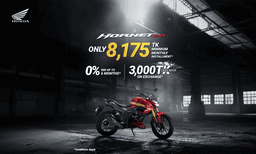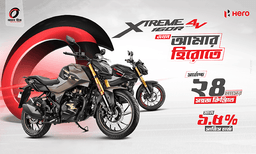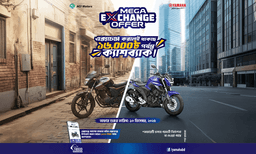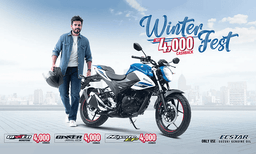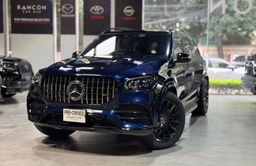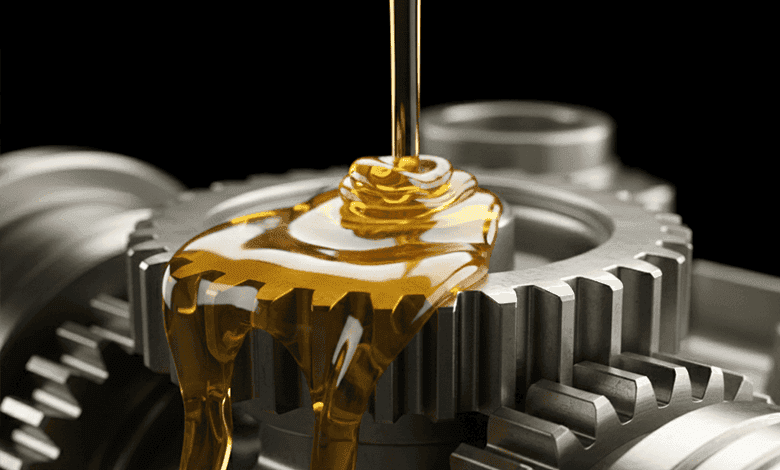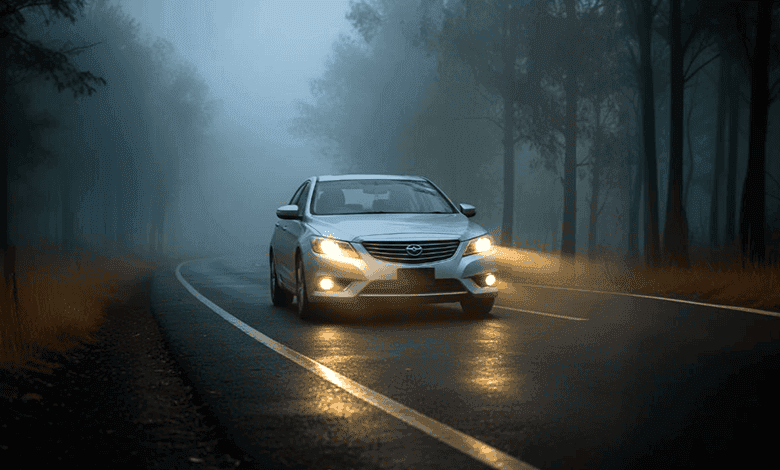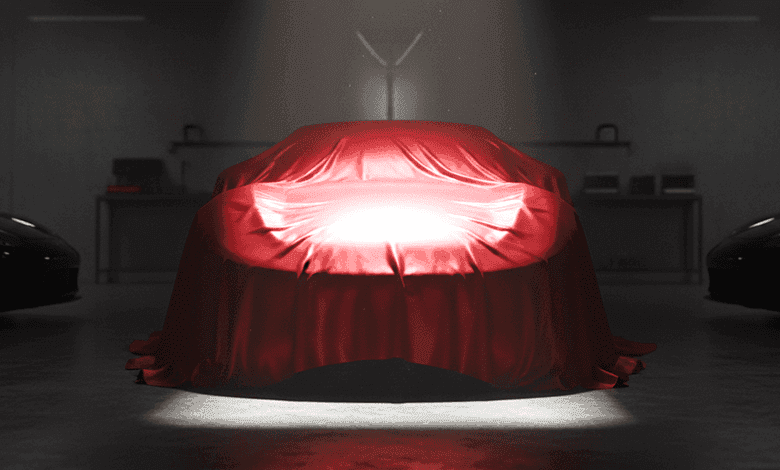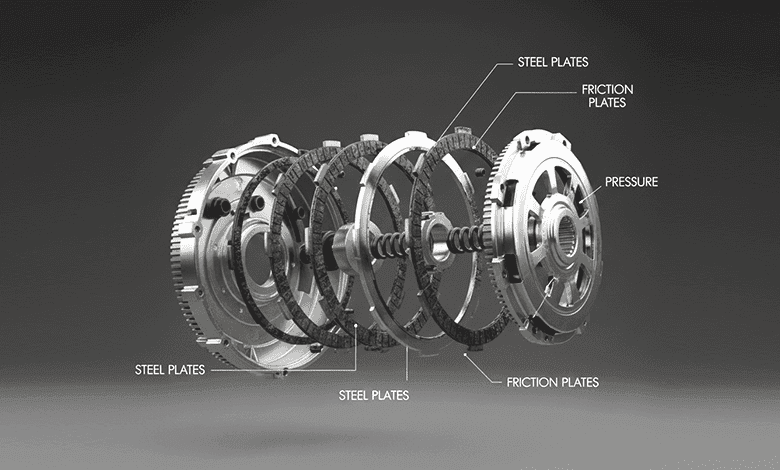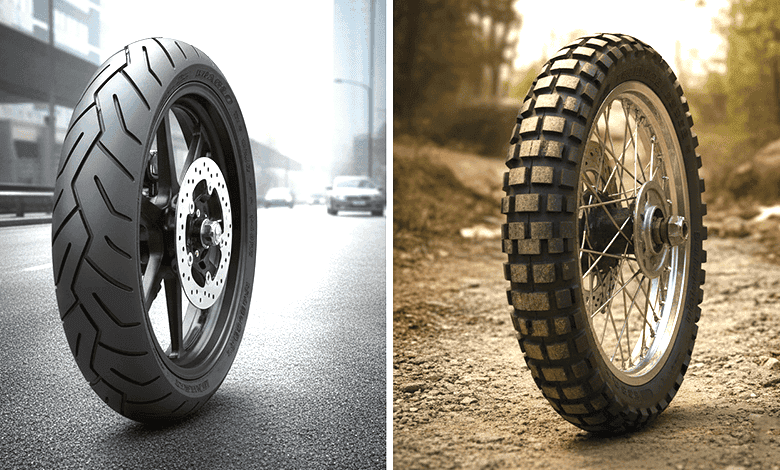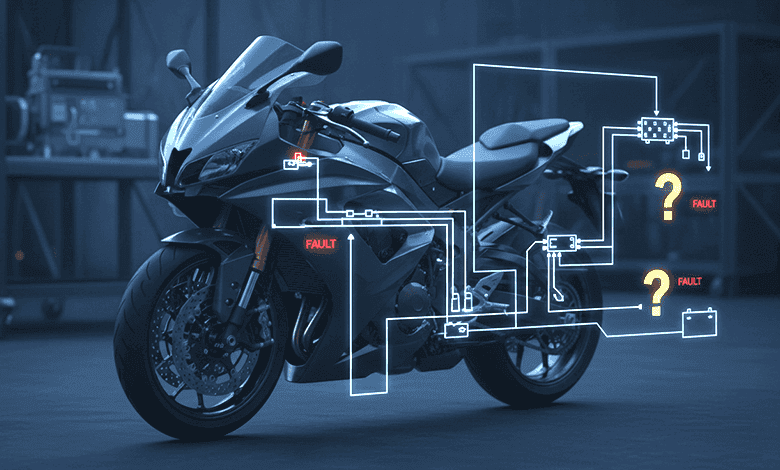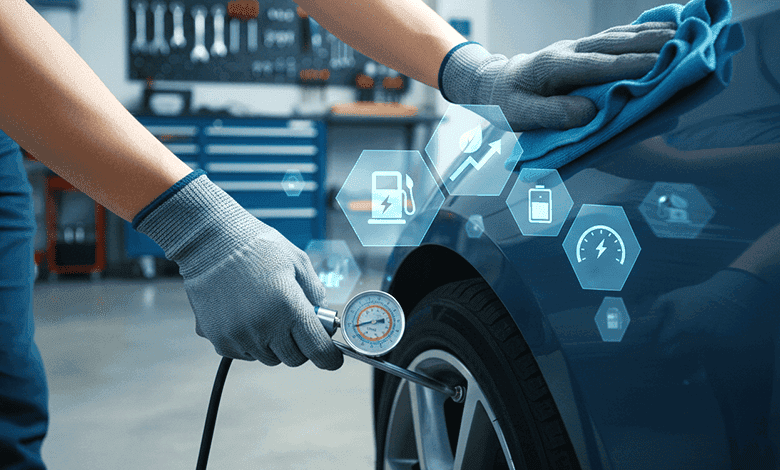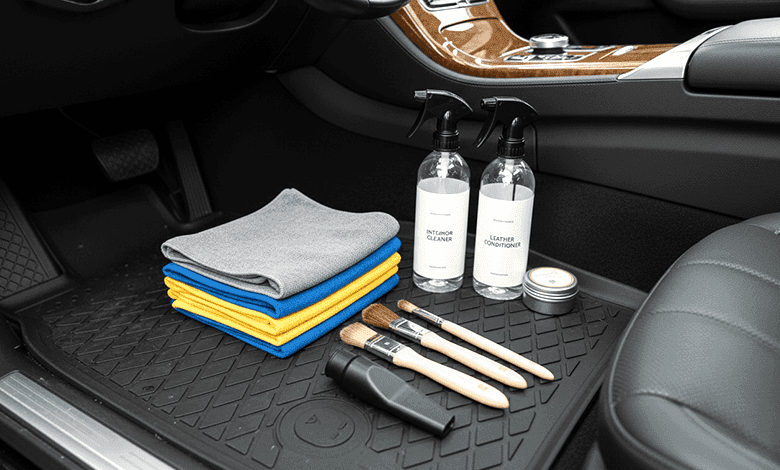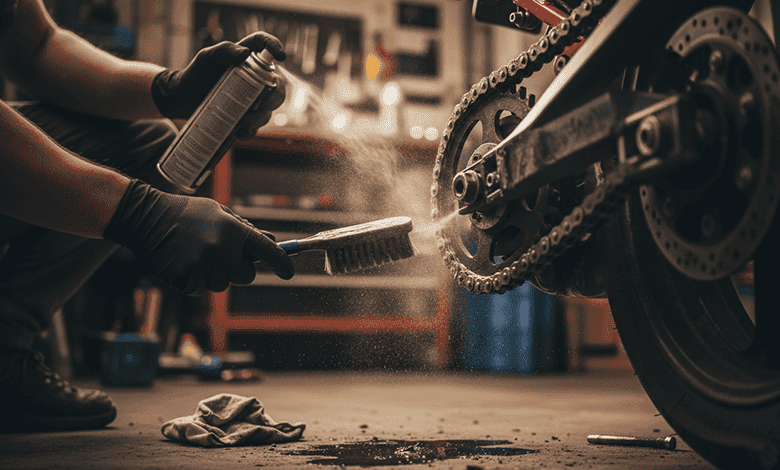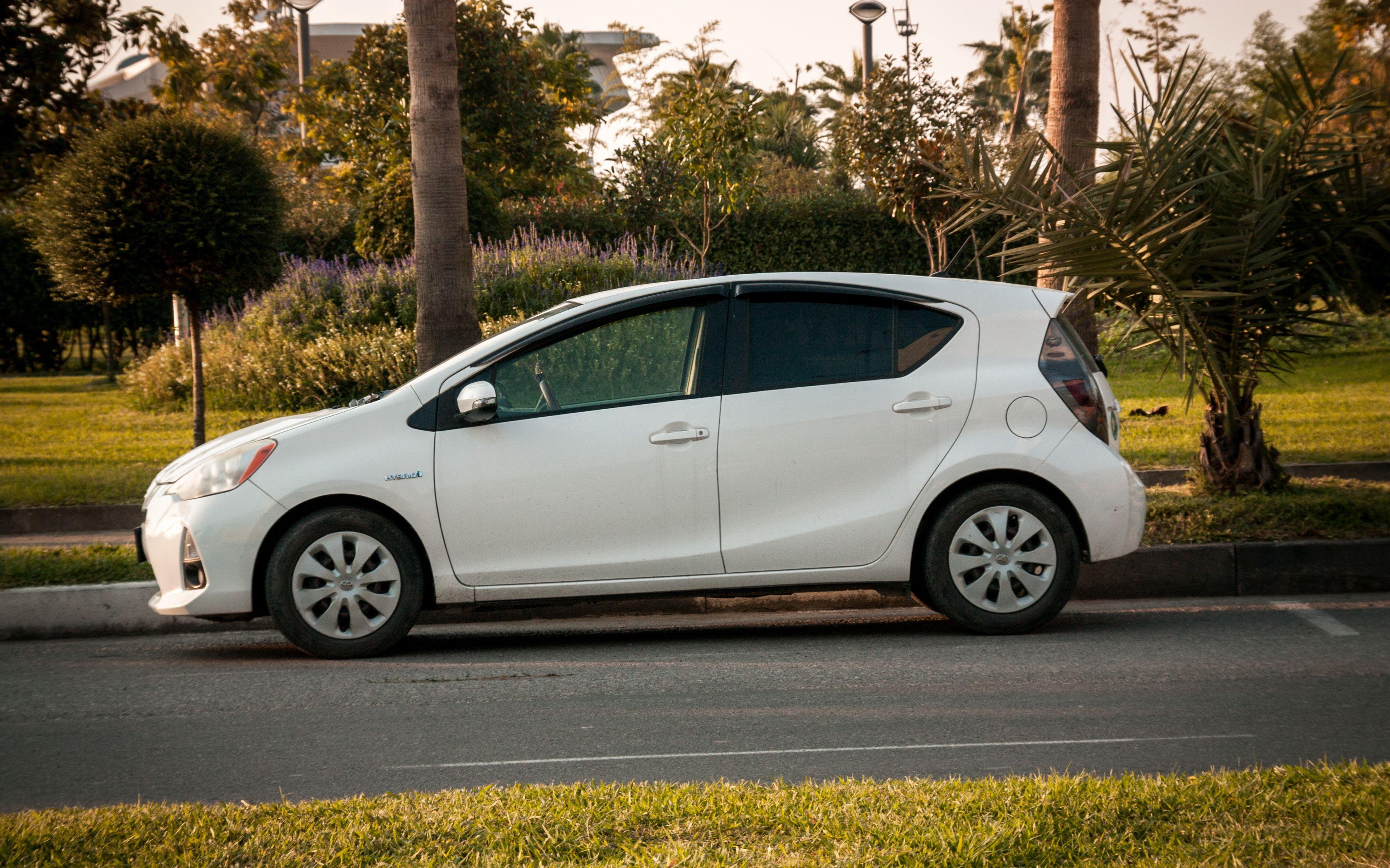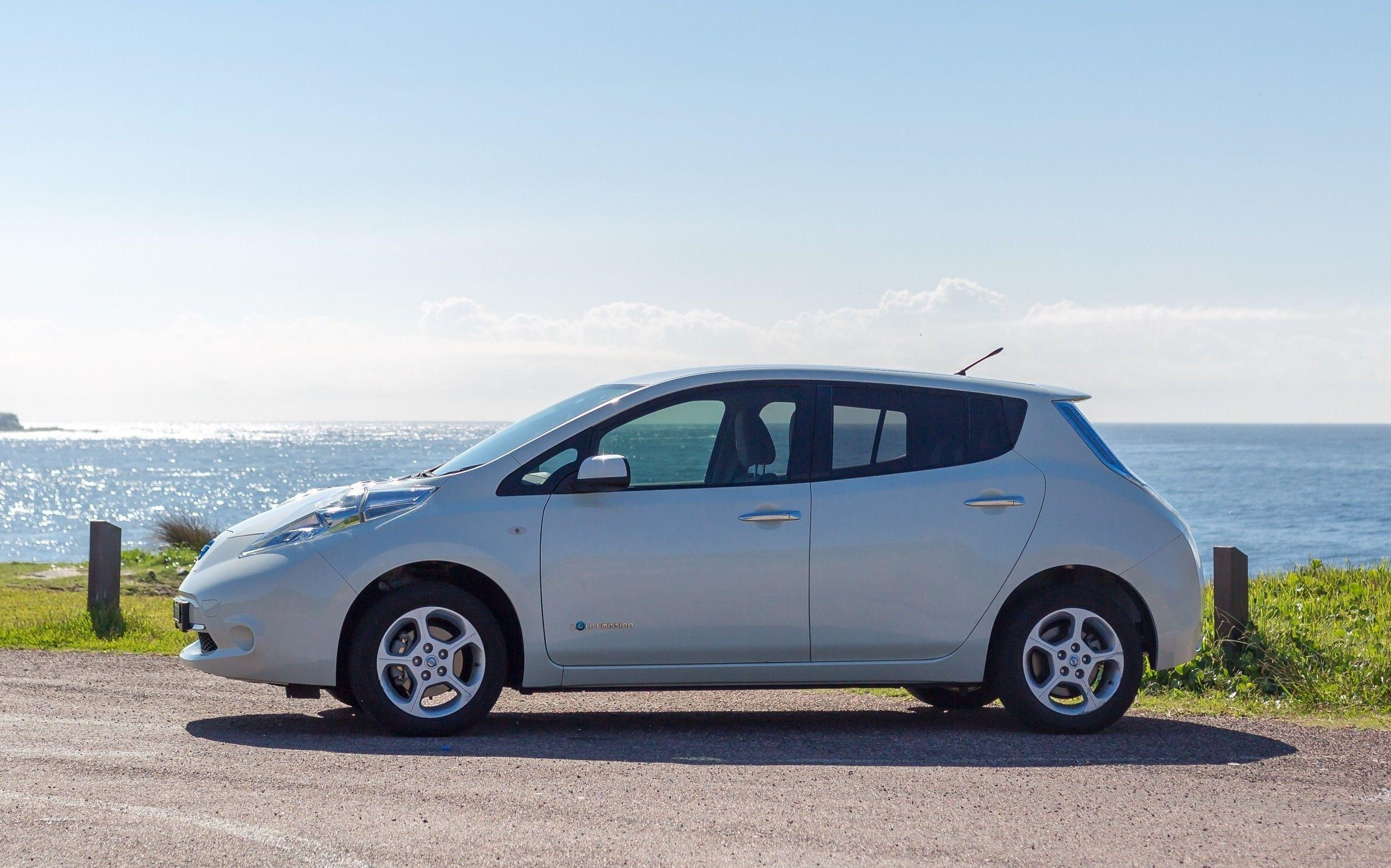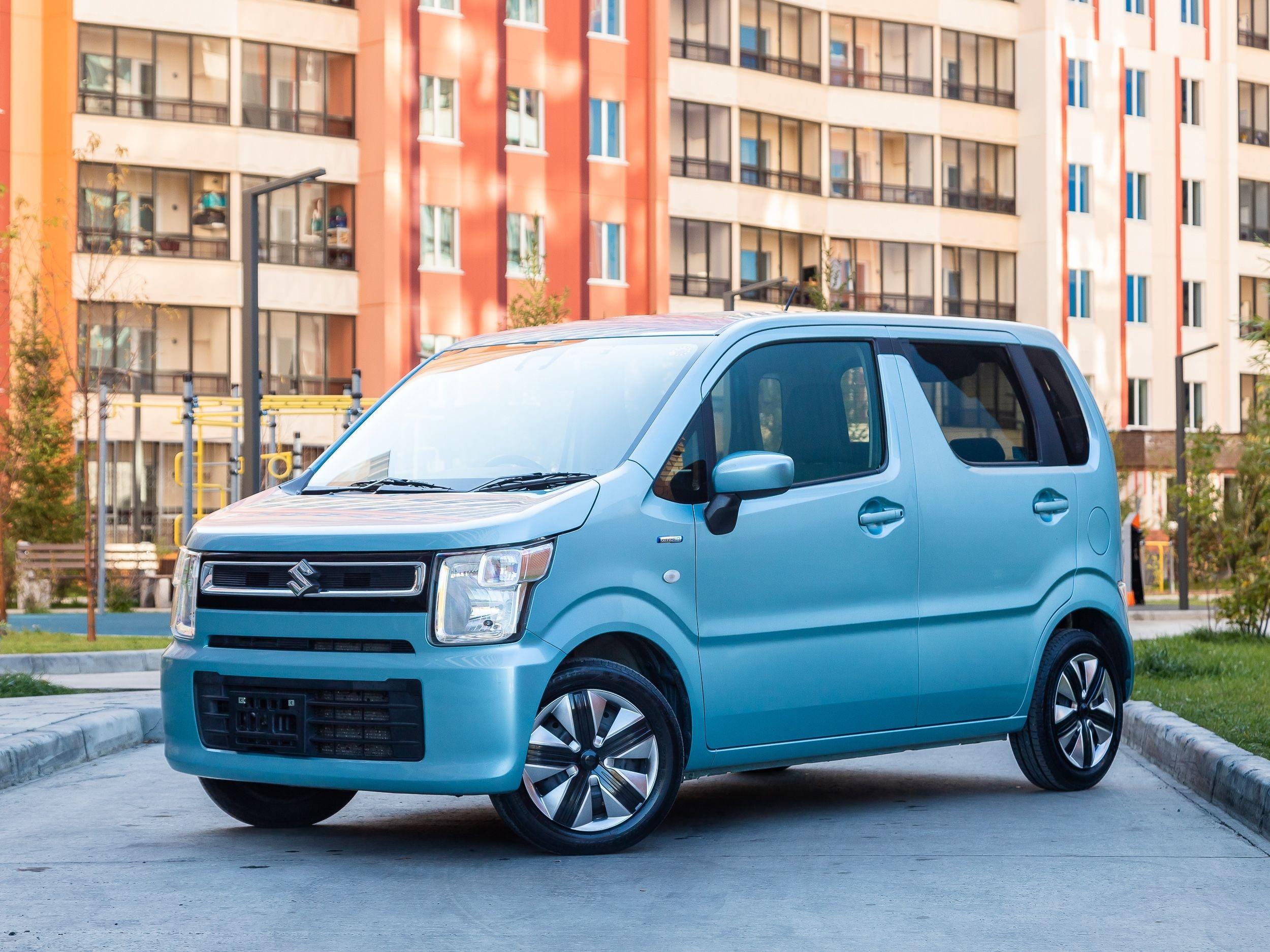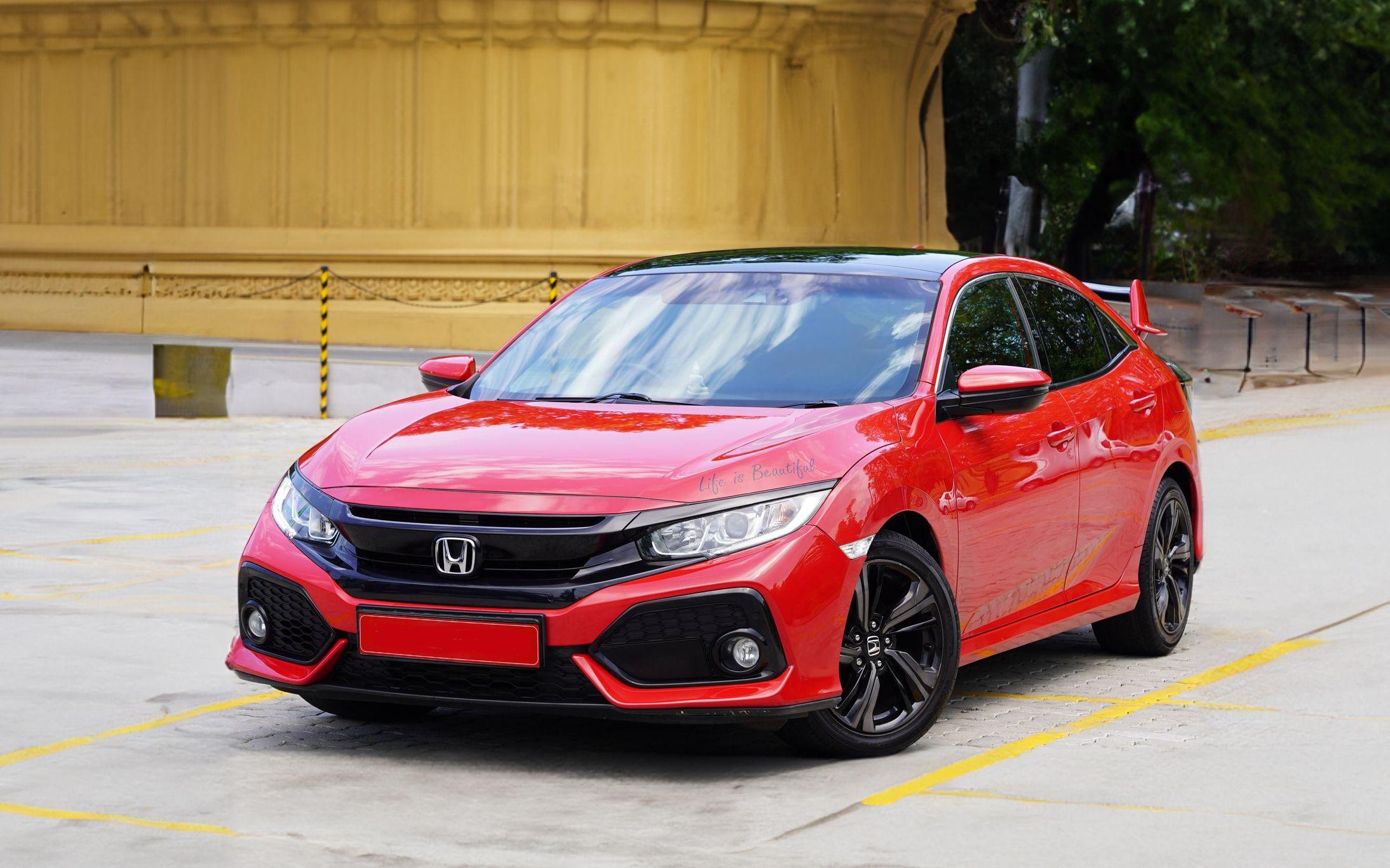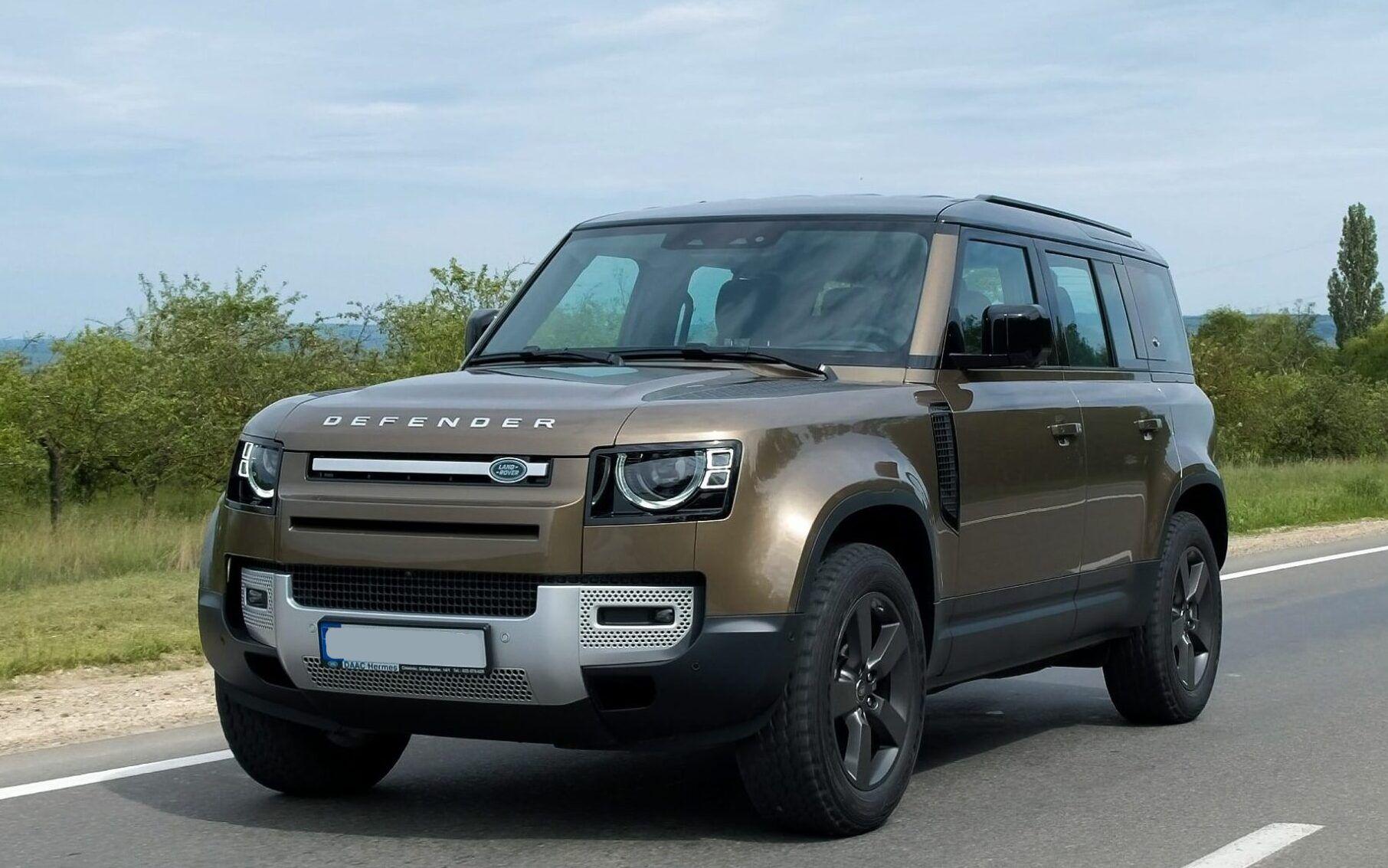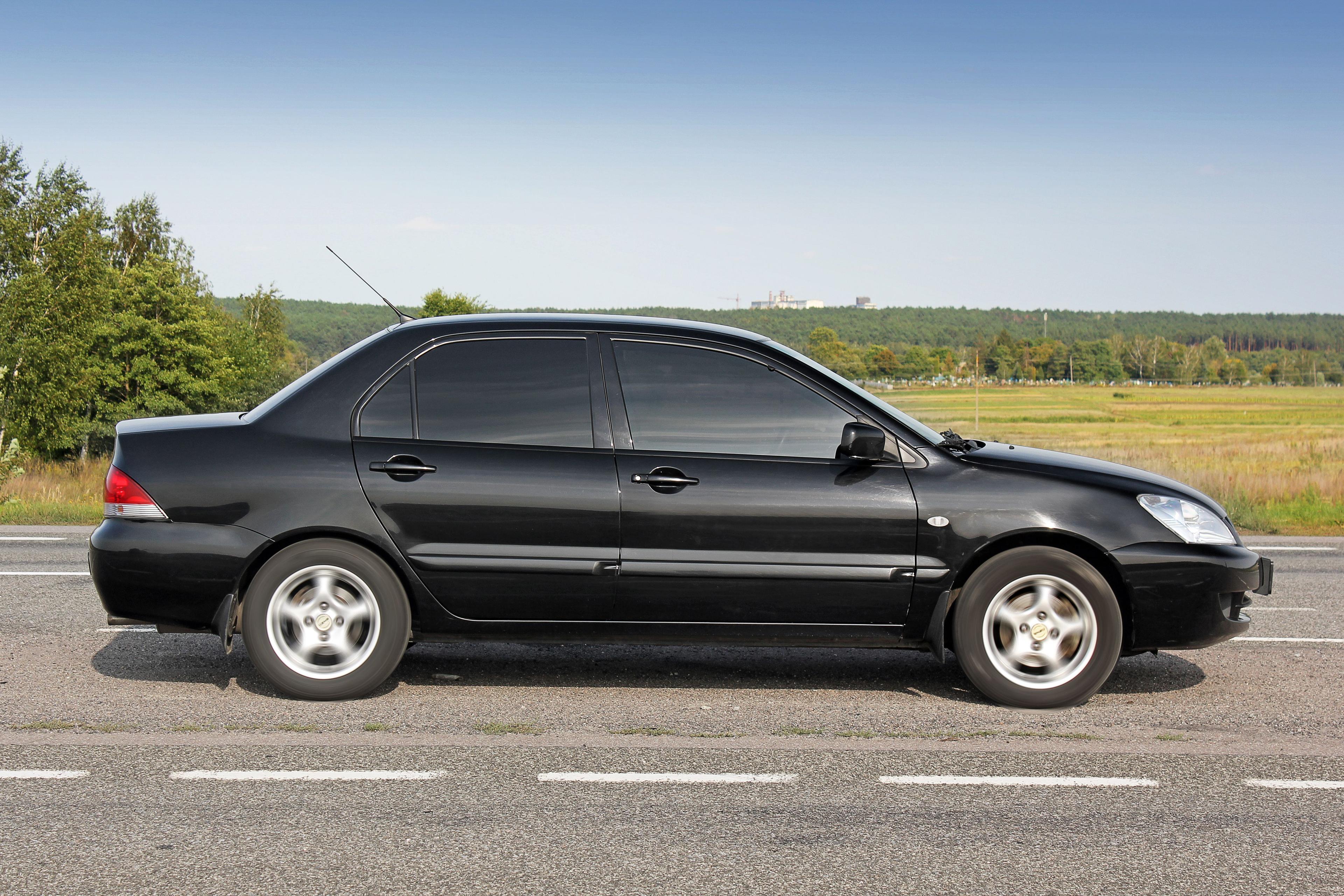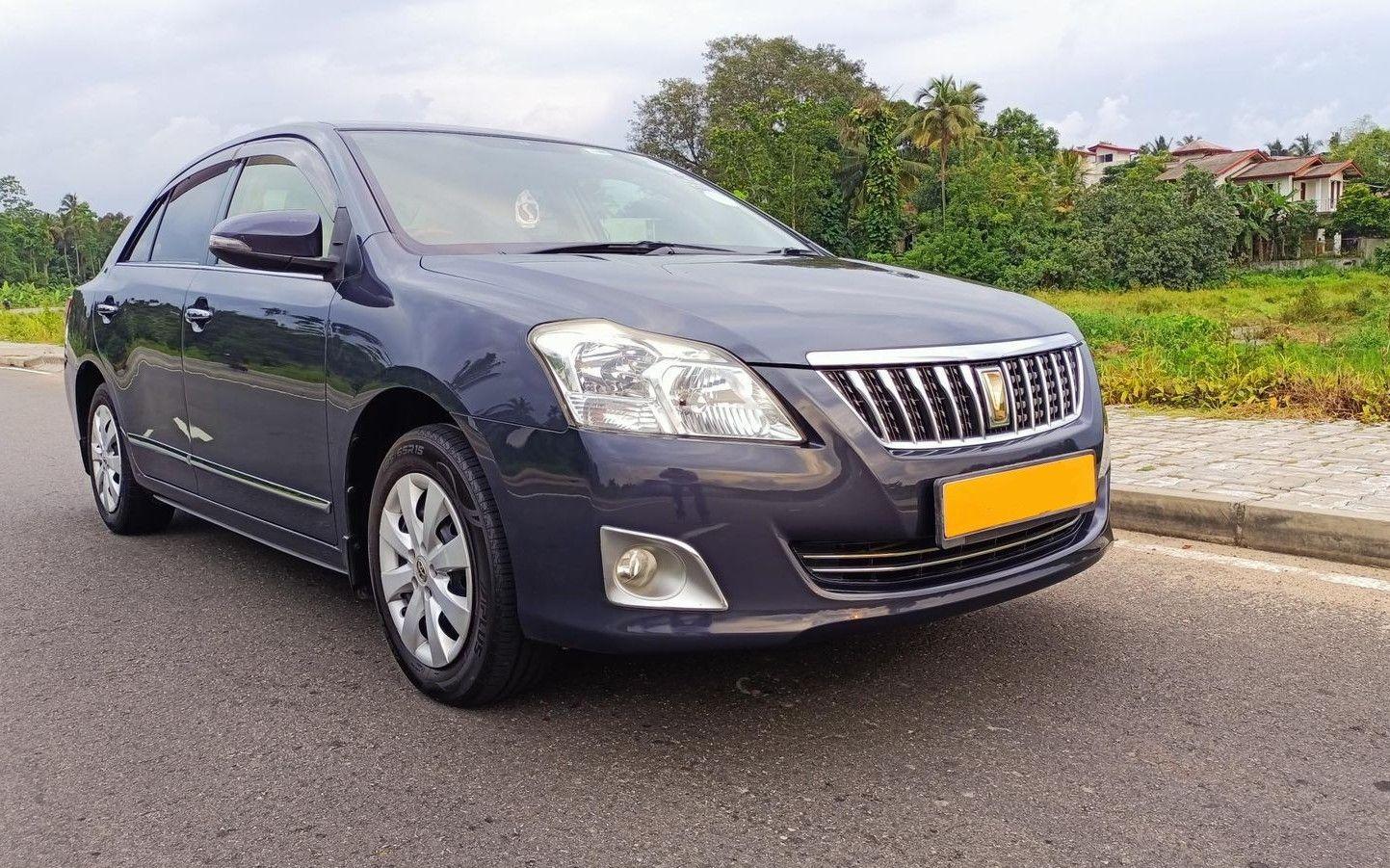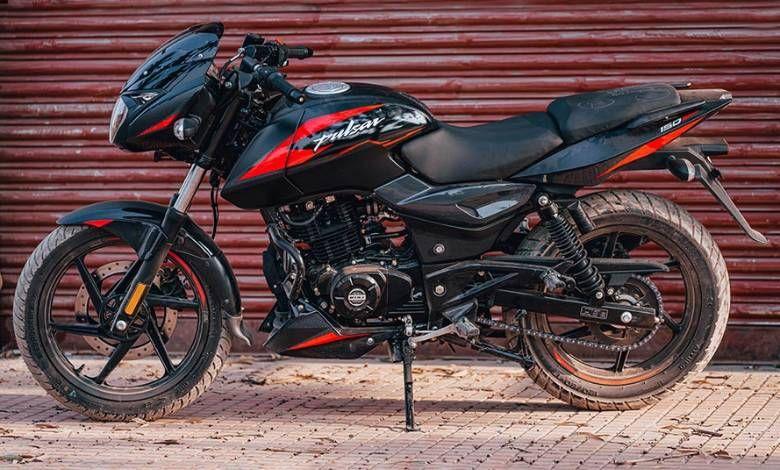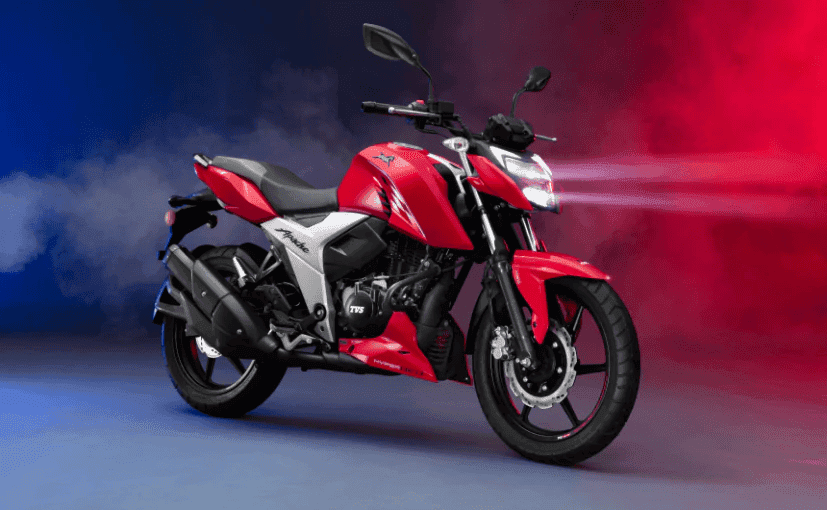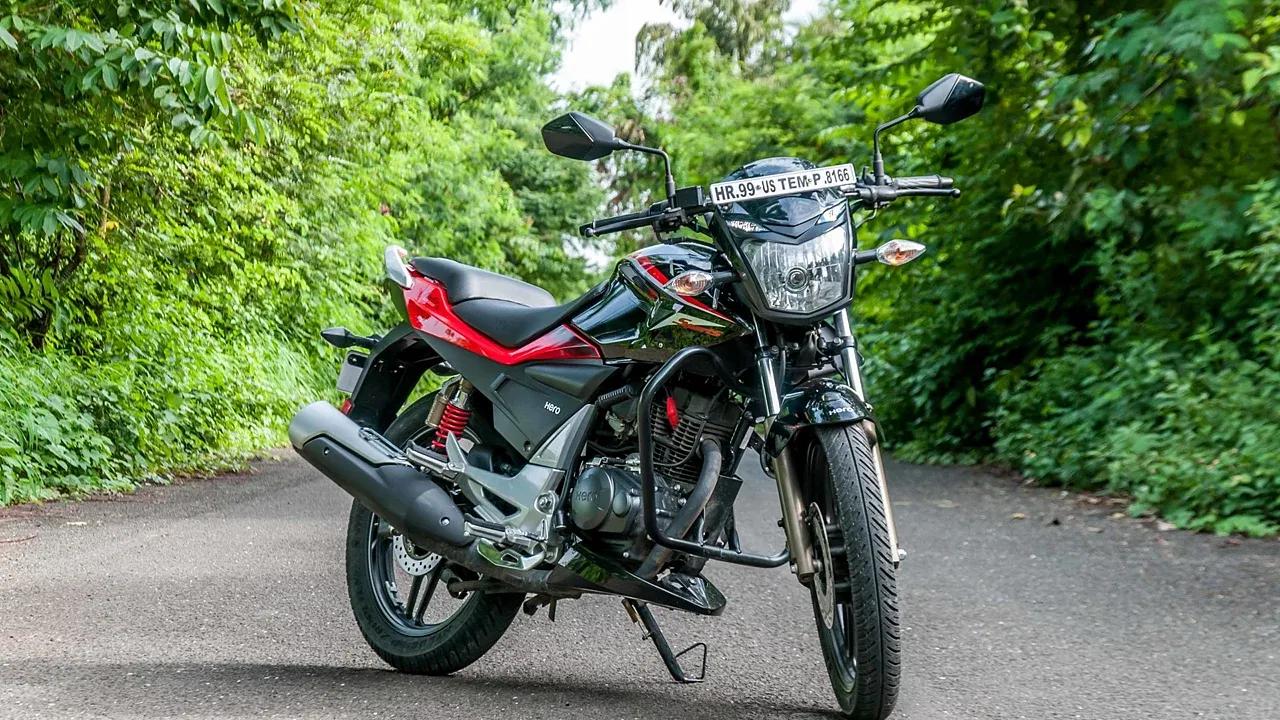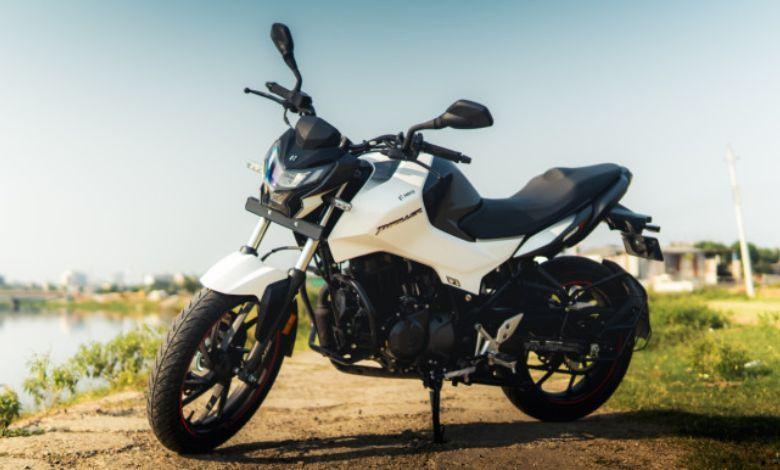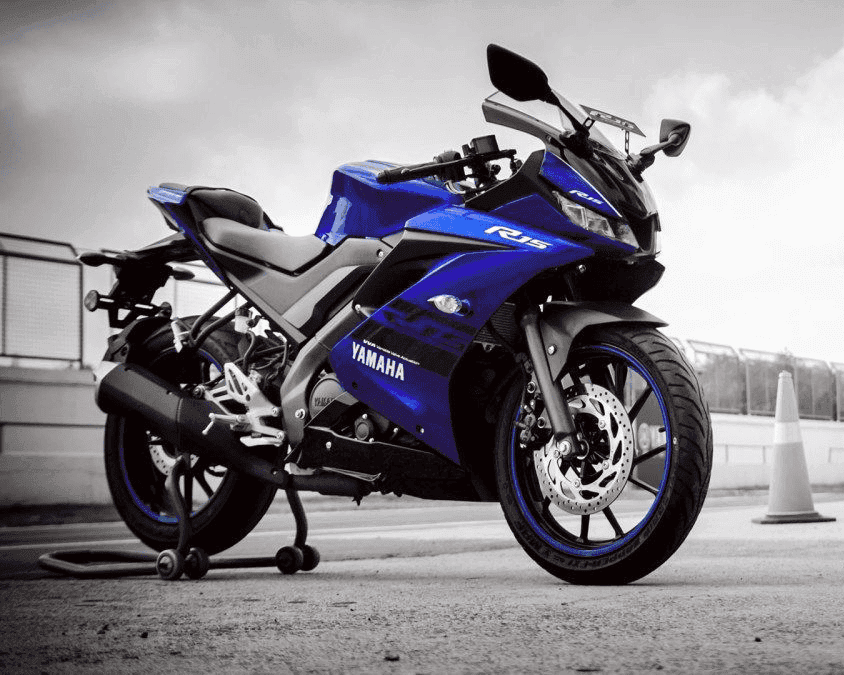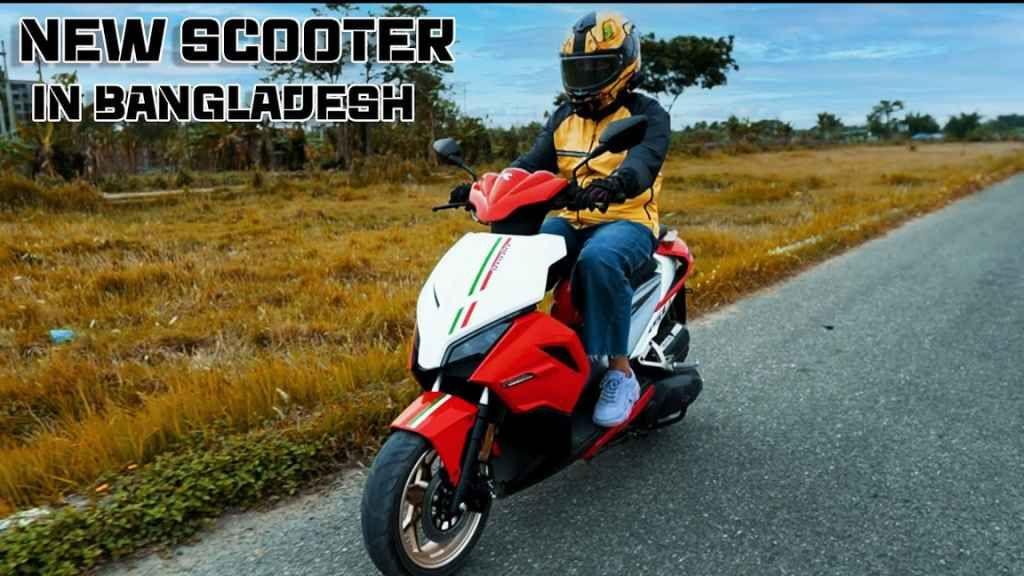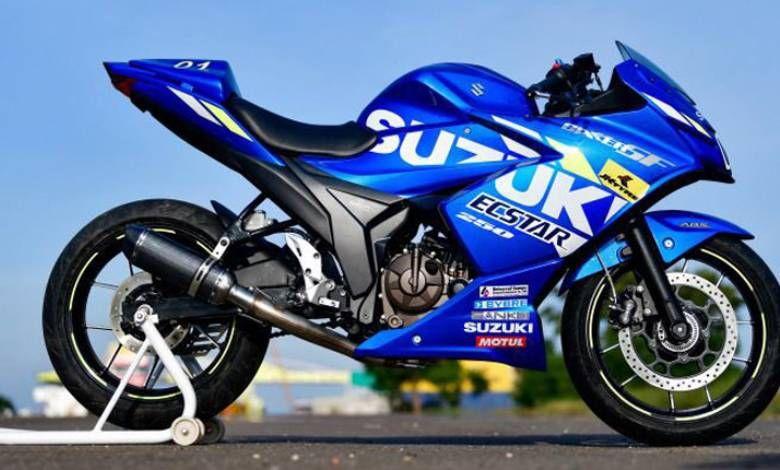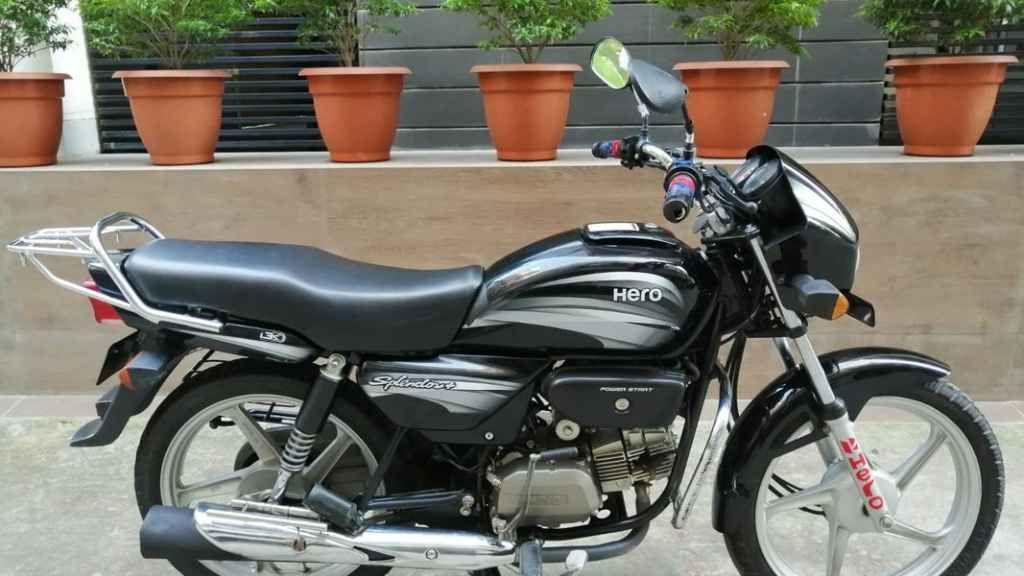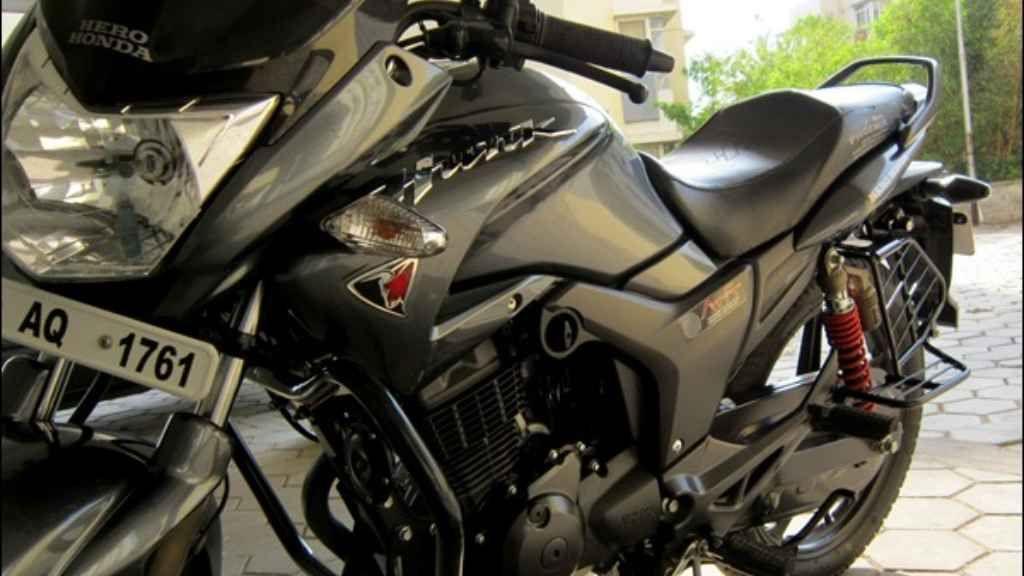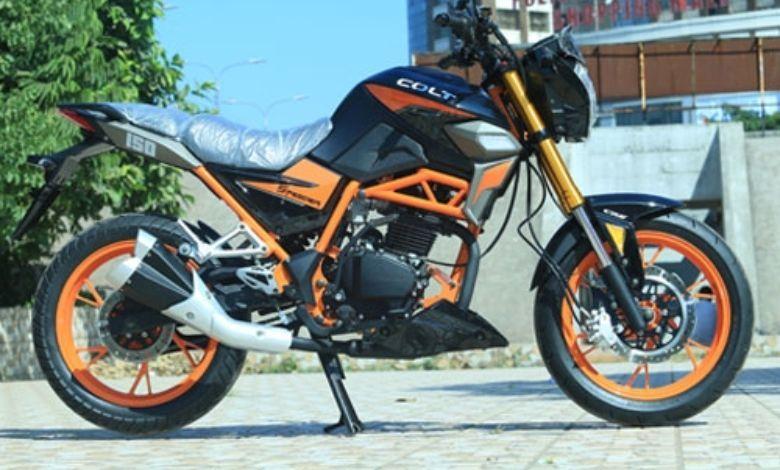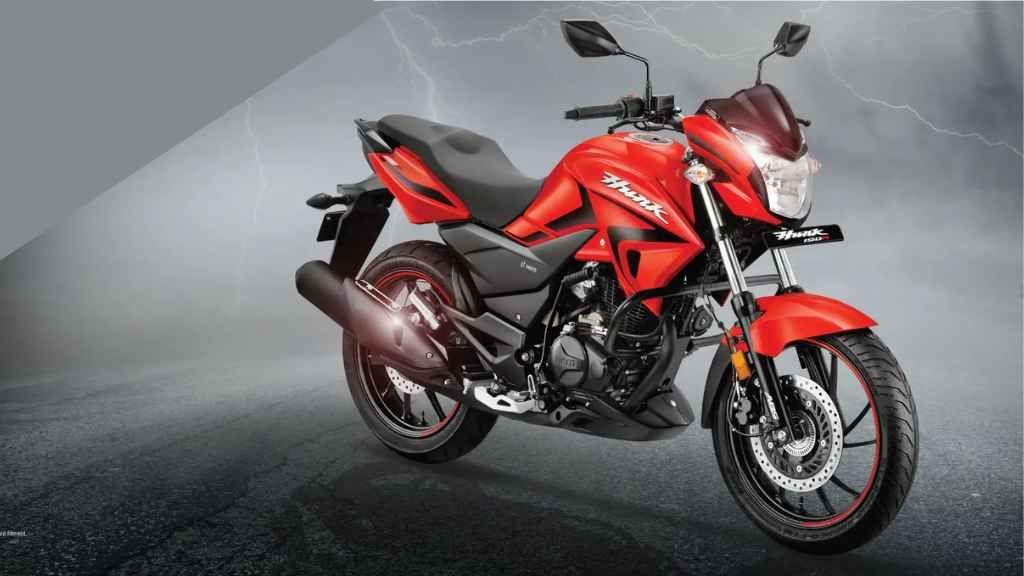Tips to Save Fuel on Your Motorcycle
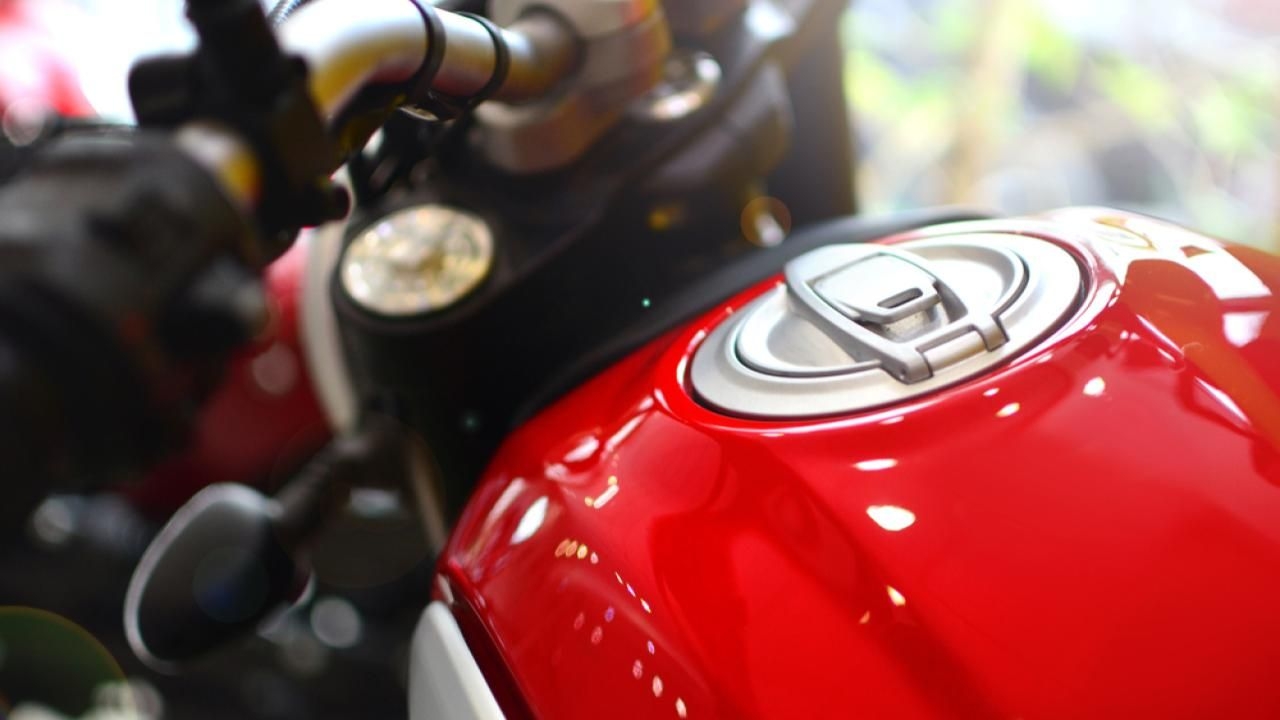
The use of bikes is increasing significantly for communication purposes. From students, professionals, and businessmen to people of various professions, motorcycles are now an essential vehicle. Due to traffic problems, the need for quick communication, and above all, people's necessities, the use of motorcycles is increasing day by day. Along with this, costs are also a concern. Everyone is seriously thinking about saving motorcycle fuel costs. However, many do not know how to save motorcycle fuel.
Due to the current global situation, political instability, and many other reasons, fuel prices have increased. Due to the rise in fuel costs, many people now do not use motorcycles for all tasks unless absolutely necessary. Many of us do not know why bikes consume more fuel and whether there are any maintenance mistakes on our part. However, by being a little more aware, it is possible to save motorcycle fuel. Fuel savings will not only help reduce your expenses but also protect you from environmental pollution.
With the sudden increase in fuel prices, the cost of living has also risen, and most bike riders ride for necessity and livelihood, making it difficult for them to manage their daily expenses. However, you can largely manage these fuel costs if you follow certain techniques while riding and maintaining your bike. By adhering to some simple and easy things, you can ride your bike while saving fuel. Let's find out how to save motorcycle fuel and ride worry-free. Here, fuel-saving tips for motorcycles are discussed in detail, which will help you save both fuel and money.
Ways to Save Motorcycle Fuel
Regular bike check-ups can save a significant amount of fuel. The first thing you should do is to start your bike and let it run for 1-2 minutes every day before riding. Then start riding. For the first 4-5 minutes after starting to ride, drive slowly, putting less pressure on the bike. Ride at a maximum speed of 40 to 50 kilometers per hour. If you ride your bike this way every day, you will get good mileage and save fuel.
Check your bike's engine sound when you take it out of the house. If there's any discrepancy in the engine sound, take time to observe it. Additionally, regularly adjust the carburetor, plug, battery, and clutch. Check the tire pressure every few days. If the tire pressure is low, the engine burns more oil. Do not park your motorcycle directly under the sun or in a very hot place, as this causes petrol to evaporate. Here are some fuel-saving tips discussed –
Bike Fuel Saving Tips
(1) Regularly clean the spark plug
Spark plugs create electrical sparks, which help combust or ignite fuel; you'll need this spark to start your bike. As soon as the engine starts, this spark is generated from the electrical system, and fuel combustion begins. This creates heat inside the engine, causing the internal compartments to rotate. If dirt accumulates on the plug, the bike won't start or will suddenly shut down, because the dirt prevents the spark. Spark plugs are easy to clean, but many people don't know how to do this simple task. Regularly cleaning the spark plug will prevent the motorcycle from stalling repeatedly and will save fuel.
(2) Keep the carburetor clean
The carburetor is a device in a bike's engine that thoroughly mixes air and fuel in the internal combustion engine. This is how oil enters the engine of any vehicle. It controls the airflow through a bore or venturi; this air mixes with the fuel, and the mixture enters the engine via the intake valve. Both air and oil come from outside into the carburetor, so it's normal for dirt and dust to accumulate. If too much dirt builds up, the combustion engine cannot operate properly. This creates excessive pressure in the engine, leading to more fuel consumption. Therefore, if you don't clean the carburetor regularly, fuel costs will increase.
Moreover, if the carburetor is not properly tuned, too much oil enters the engine and gets wasted. Many people try to tune the carburetor whenever their motorcycle consumes a little more fuel. However, the less you tamper with it, the better. The adjustment screws of the carburetor are extremely sensitive. To solve this problem, regularly clean the carburetor through a skilled mechanic.
(3) Regularly change the engine oil
Use good quality engine oil. Low-quality oil damages the bike's engine and increases fuel consumption. It is essential to change the engine oil at regular intervals according to the bike's manual. Generally, considering the road conditions in our country, experts recommend changing engine oil after 1000 kilometers of mileage. Use good-grade engine oil in new bikes; it's better not to use synthetic oil. Regular use of good-grade engine oil will make the bike run smoothly and save fuel. Always use good-grade engine oil; this will increase the engine's longevity. Do not use low-quality oil to save a little money, and do not repeatedly change oil grades, as this causes significant damage to the engine. Just as good brand engine oil is available in the market, adulterated oil is also found, and using adulterated fuel will lead to various problems. Fuel costs will increase, the engine will overheat, and plugs, piston rings, etc., will be damaged.
(4) Ride the bike in the correct gear according to the rules
Riding a motorcycle at a normal speed reduces fuel consumption. Master the use of bike gears; ride in the correct gear, which will consume less fuel. Master riding in lower gears, as this reduces fuel consumption. Many people start the bike in first gear and unnecessarily apply pressure. Doing this puts pressure on the bike's engine, causing it to burn more oil. Therefore, riding in a low gear for a long time will increase fuel consumption. For this reason, after starting the bike, increase speed and try to ride in the top gear as much as possible to save fuel. Ride in the appropriate gear depending on the road conditions. When the bike is ready for a higher gear, use it as quickly as possible. Do not unnecessarily twist the throttle while the bike's engine is running.
(5) Increase speed slowly and maintain controlled speed
Whether the bike's speed is low or high, it will burn more oil. For this reason, ride the bike at a normal speed. Learn how to use gears; after starting the bike's engine, ride in first gear for some time. Then, considering the road conditions with the speed, change gears one by one. Do not suddenly reduce the bike's speed from top gear to first gear, as this increases fuel consumption. The best way is to ride at the same speed as much as possible. Do not frequently shift gears up and down. This will cause problems for the bike's engine and burn more oil. Do not lightly press the brake while riding the bike.
Many of us ride bikes at overspeed. Remember, the faster you ride the bike, the more fuel it will burn. Riding at a specific speed significantly reduces oil consumption. Always try to ride the bike at 50-60 speed. Keep the gear in top position at this time. The bike's speedometer indicates the economy speed. Riding at this economy speed will save a lot of fuel. If you ride at the economy speed, you will get good mileage, and fuel costs will be lower.
(6) Check tire pressure
The weight of the tires varies due to air. If the tire weight is higher than normal, it puts pressure on the engine. If there is too much air in the tire, its shape changes, which reduces engine efficiency. If the tire has low air or pressure, the engine cannot operate properly, and the torque does not work correctly according to the engine's displacement (cc). This increases stress on the engine, leading to a higher fuel consumption tendency for the bike. Therefore, always maintain the correct air pressure in your bike's tires.
(7) Keep the air filter clean
The air filter is an important component of a motorcycle. Because this device filters regularly, dirt and dust accumulate inside it. The amount of dust and sand on the roads in our country is very high, so more dirt accumulates in this filter. If too much dirt accumulates, the air filter gets blocked. When the filter is blocked, air circulation to the engine becomes problematic. As a result, less oxygen goes into the engine during oil combustion, leading to higher oil consumption. If left in this condition for a long time, the engine's performance decreases. While riding the bike, keep the side where the air filter is located open. Never cover the open vents of the air filter.
(8) Control clutch usage
Do not unnecessarily press the clutch lever while riding the bike. You need to know the rules for handling the clutch. Do not keep the clutch pressed unnecessarily while riding the bike. Many people, while riding fast, repeatedly press the clutch to brake, or suddenly release the clutch and accelerate abruptly. None of these are good for the bike's engine. Do not keep the clutch pressed for a long time while riding the bike. This puts pressure on the engine, causing fuel to burn.
(9) Regularly check tire pressure
Check the tire pressure before starting the bike. Make it a habit to check for your safety. Low-pressure tires increase the weight on the wheels, which in turn increases pressure on the engine. Fluctuations in tire pressure can lead to problems with bike control. This is not only dangerous but will also increase your fuel consumption. To save motorcycle fuel, keep the tire pump at the recommended pressure.
(10) More weight - more fuel
The more weight a bike carries, the more fuel it will consume. To save motorcycle fuel, nothing of excessive weight should be carried on the motorcycle. Do not carry more than two passengers on your bike.
(11) Use a perfect chain
To save motorcycle fuel, the chain should be checked regularly. Old bike chains have mechanical defects such as rust, dirt accumulation, lack of lubrication, etc. For these reasons, old chains increase pressure on the bike's engine. Do not make the chain too loose or too tight. A tight chain's sprocket wears out very quickly, and a loose chain causes control problems. Therefore, the motorcycle chain should be used at the correct tension. Keep the chain tight to the degree mentioned in the manual.
(12) Service your bike regularly
Maintain your bike well and regularly. Service the bike at regular intervals. Get your bike serviced from an authorized or quality service center. This will not only reduce the bike's fuel consumption but also increase its lifespan. If you don't service your bike for a long time, its mileage will decrease significantly. Regularly change the engine oil, lubricate the chain, and replace the coolants. Ensure that the joints at various points, including the oil tank and pipes, do not leak.
(13) Turn off the bike's engine at traffic signals
Fuel burns when the engine is running, even in neutral. So, turn off your bike's engine at long traffic signals. However, if your bike is fuel-efficient in neutral, there's no need to turn off the engine. Modern bikes are fuel-efficient in neutral but consume fuel when started frequently. Due to traffic, the bike's speed needs to be reduced and increased. This is one of the main reasons for excessive fuel consumption. Additionally, if the bike is running in traffic, it puts stress on the engine and gears, which reduces the bike's lifespan. Therefore, do whatever is best according to the situation.
(14) Frequent braking
Practice riding your motorcycle at a normal speed according to your bike's manual. Riding at a normal speed doesn't require frequent braking. Frequent braking significantly increases fuel consumption. To save motorcycle fuel, broken roads should be avoided. Repeatedly increasing and decreasing the motorcycle's speed leads to higher fuel consumption. Therefore, to save motorcycle fuel, you must refrain from frequent braking.
Conclusion
Above all, be economical in your motorcycle use. To save fuel, try not to go out with your bike unnecessarily. Get into the habit of walking short distances; it will keep your body healthy. Our country is not in a very good economic position in the current world situation. Therefore, it is essential to save fuel for our needs and for the future.
The fuel-saving tips provided for motorcycles are very easy to follow, but we rarely adhere to them. These simple tips not only save fuel but also reduce our financial expenses. Besides following these tips, it is also important to be self-aware. If you use your bike following these fuel-saving tips, you will definitely save fuel. For any kind of information about bikes, visit 'Bikes Guide'. Here you will find reviews of various bikes, prices, and useful advice.

